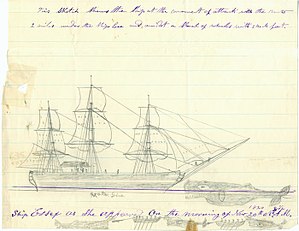
Our brain’s own hardwiring for survival makes us vulnerable to stress and anxiety. It evolved to quickly detect threats in the environment and sound the alarm: time to fight or flee now! When we were facing multiple life-or-death threats a million years ago, it was definitely better to err on the safe side. If we reacted to something that didn’t turn out to be a real threat, no significant harm was done. But if we failed to react to something that did turn out to be a serious threat, it could mean the end of us.
The unconscious part of our brain was all about survival a million years ago, and it’s still all about survival today. Although the world we live in has changed radically, our brain has a ways to go to catch up. Operating at a much faster speed that we can consciously keep up with, making connections and seeing patterns that might or might not be there, the unconscious brain signals red alert at the slightest indication of trouble, setting into motion a cascade of physiological effects.
Sometimes this works for us, keeping us safe from actual harm; however, there are far more false alarms than real ones. And we pay a heavy price when this threat-detection system runs unchecked. It’s at the root of what is called the negativity bias. It’s why we notice, react to, and remember negative events to a much greater degree than we do positive ones.
The brain is like Velcro for negative experiences but Teflon for positive ones. –Rick Hanson, Ph.D.
System 1: Danger, Danger, Will Robinson
Our unconscious shrugs off neutral or positive news or experiences, sometimes barely registering them, and hones in on the negative stuff. We have a stronger emotional reaction to negative stimuli, which increases the likelihood we’ll remember it. It takes less time for negative experiences to get stored in memory than for the positive experiences, which means our unconscious has more negative memories to draw on than positive ones when it’s evaluating information. And negative experiences affect us longer.
As a result, we are extremely sensitive to perceived or apparent threats. These days, those threats are less likely to be to our immediate survival. But that doesn’t make any difference to our brain. We react just the same whether the threat is to our ideas and beliefs, to our physical or emotional well-being, to our self-esteem, or to a freedom we hold dear.
We all have the same hardwiring. We are all primed to pay attention to the negative. At this point in time, the danger we’re facing is less a result of threats from the environment and more directly a result of our negativity bias. Whether in our intimate relationships, our international relations, or our personal health and well-being, the actual and potential costs of operating from the negativity bias are enormous.
So what can we do?
System 2: Belay that Order
One thing we can’t do is eliminate the negativity bias. It’s up to evolution to modify our perception of and reaction to threats. Hopefully that will happen before it becomes a moot point.
What we can do is develop an awareness of our predisposition to pay attention to and accentuate the negative. We can use System 2—our conscious attention—to:
- Notice the negativity bias in ourselves. It’s not easy to be aware of a cognitive bias in the moment, so often the noticing occurs after the fact. But that’s OK. If we continue paying attention, we’ll get faster at spotting the negativity bias in action. We’ll be less at the effect of it.
- Notice the negativity bias in others. The point isn’t to call other people out on it. We’re all operating on autopilot most of the time, and when we’re on autopilot we don’t think things through. If we’re aware that someone else is operating from the negativity bias, we don’t have to get caught up in the fear. We don’t have to react.
- Ask: Is there a real threat here or only a perceived threat? Once we become familiar with how the negativity bias works, we can develop the habit of evaluating our reactions and calming ourselves.
- Intend to pay attention to positive events and experiences. Yes, our attention naturally goes to the negative, but we can train ourselves to focus on positive things. We can intentionally include more pleasure, joy, and laughter in our lives.
Just because we have a negativity bias doesn’t mean we have to give into and continue feeding it. Let’s keep reminding ourselves that more often than not the threat really is all in our head.
